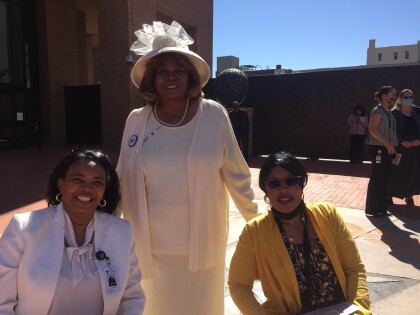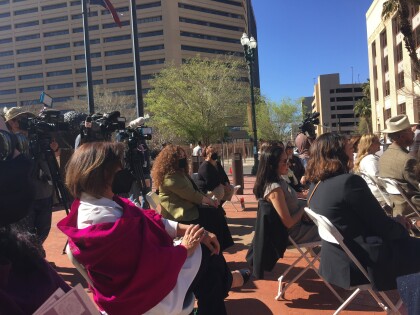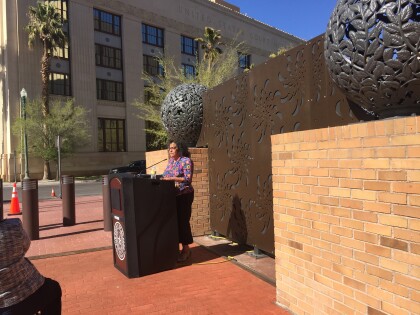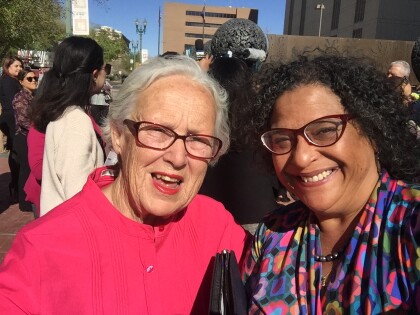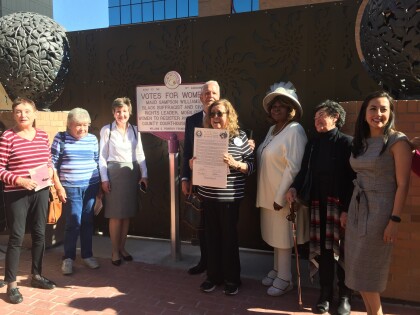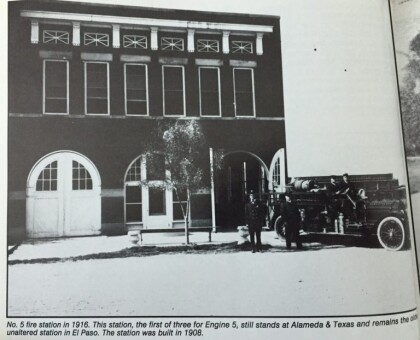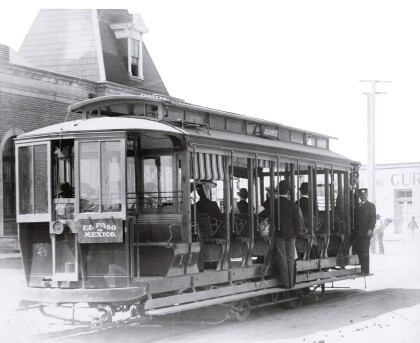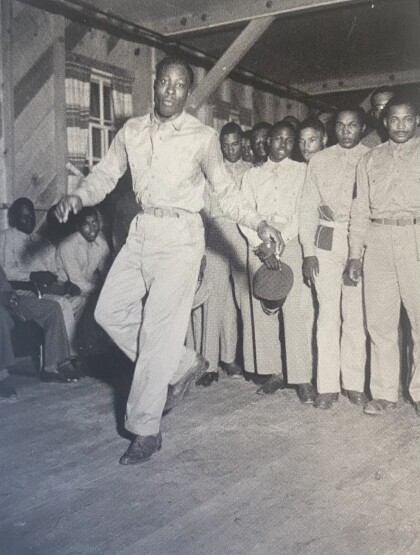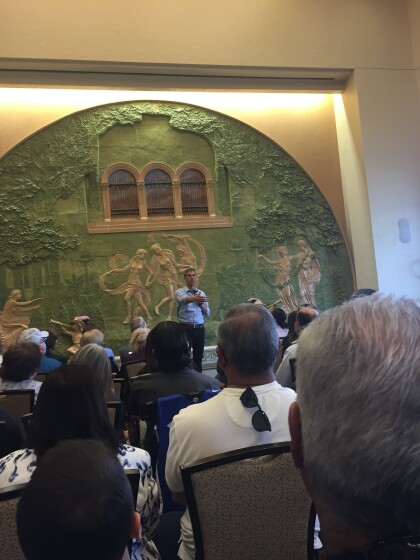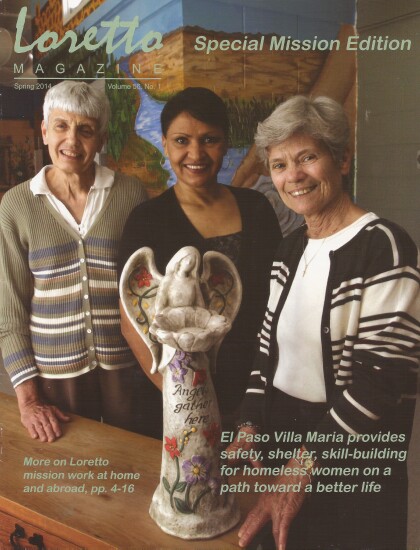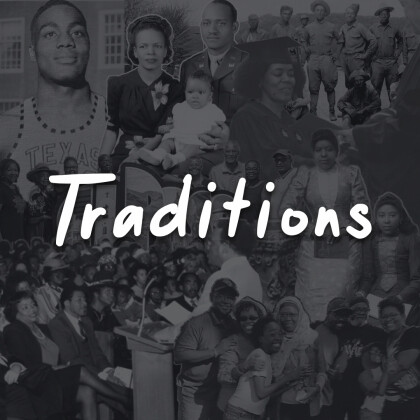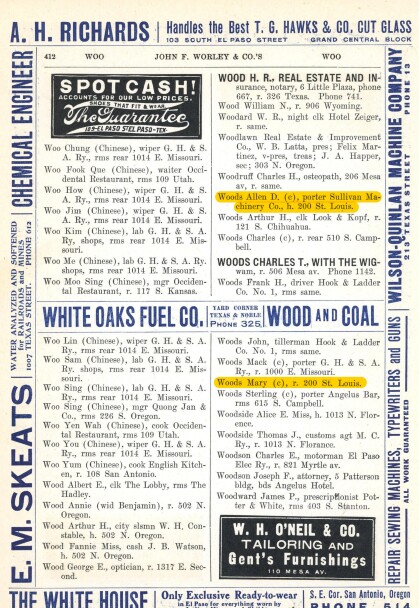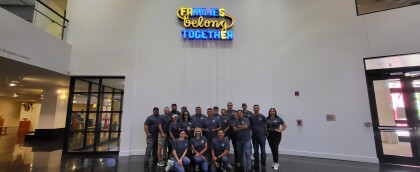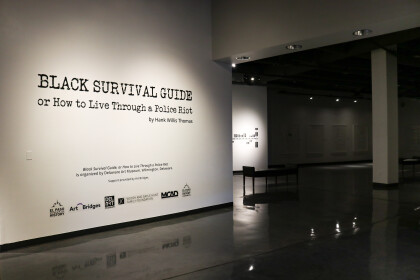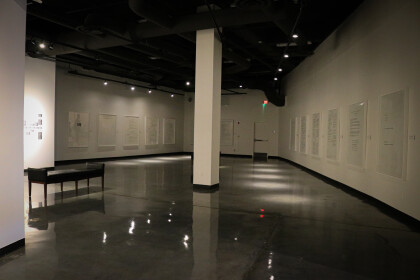William Wallace Mills
William Wallace Mills
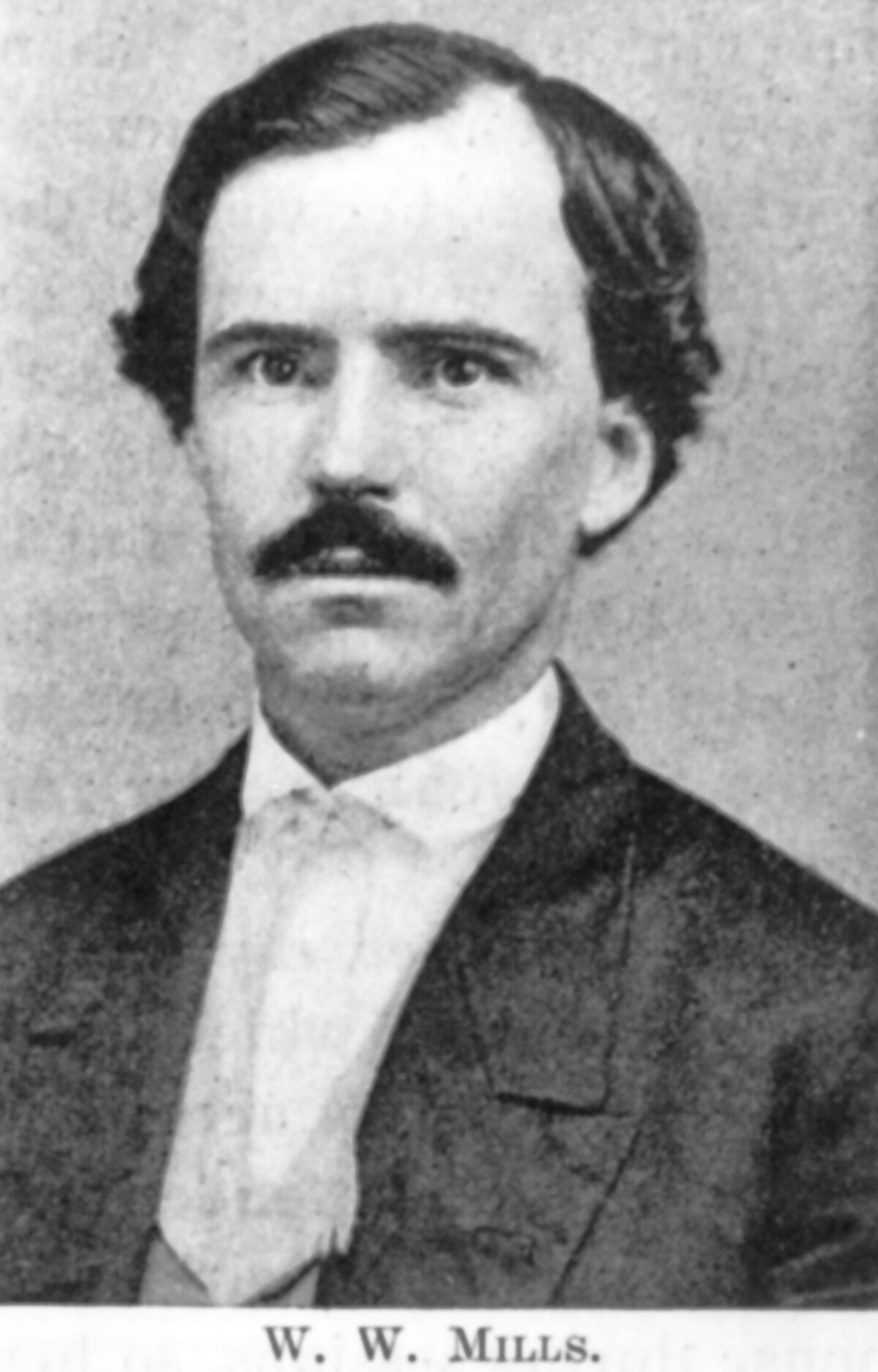
William Wallace Mills
William Wallace (W.W.) Mills was born on Feb. 10, 1836 in Thorntown, Indiana. In December 1858 he followed his brother Anson Mills to the town of Franklin, which Anson later renamed El Paso. Shortly after the election of Abraham Lincoln in late 1860, eight Southern states, including Texas, adopted ordinances of secession. In El Paso the Anglo-Americans were almost unanimously pro-Southern, and at a local election on the question of secession, there were less than a half dozen opposition votes. Two of these were the Mills brothers. Anson left for Washington, D.C., to serve the Union cause and later became a brigadier general; his brother went to New Mexico to join Union forces there. After Confederate forces occupied Fort Bliss in 1861, they caught W. W. Mills in El Paso del Norte across the river and took him prisoner. He eventually escaped to New Mexico. By 1862 Mills was the United States collector of customs at El Paso and Mills was named a delegate to the Constitutional Convention of 1868–69 in Austin. The election of Governer Davis brought Mills's removal from his post as collector of customs, thus sharply curtailing his local power and influence. Mills's political career had come to an end, although he did serve as United States consul in Chihuahua from 1897 to 1907. His memoirs, Forty Years at El Paso, remain the most complete account of that city during its formative years. Mills and his wife, Mary, moved to Austin in 1910, where they spent their last years. Mills died on February 10, 1913. Image Description: Black and white image shows a portrait of William Wallace Mills. He wears an opened dark colored coat, a light-colored vest and a white shirt underneath. Mills directly looks into the camera with big dark eyes, and only a dark mustache neatly trimmed to decorate his face. His hair has some waves that barely cover the top of his ears and is combed and parted at the side with a receding hairline.
Report this entry
More from the same community-collection
Attendees at the Maud Sampson Williams ceremony El Paso, TX, March 24, 2022
Attendees at the Maud Sampson Williams ceremony El Paso, TX, ...
Attendees listen at dedication of historic marker, El Paso County Courthouse, March 24, 2022
Attendees listen at dedication of historic marker, El Paso ...
Quisa Davis, former judge, honors Maud Sampson Williams at dedication of historic marker March 24, 2022
Quisa Davis, former judge, honors Maud Sampson Williams at ...
Eva Ross and Quisa Davis at Maud Sampson Williams marker dedication March 24, 2022
Eva Ross and Ouisa Davis at Maud Sampson Williams marker ...
Attendees listen at dedication of historic marker, El Paso County Courthouse, March 24, 2022
Attendees listen at dedication of historic marker, El Paso ...
League of Women Voters, County Judge Samaniego at the dedication of historic marker, March 24, 2022
League of Women Voters, County Judge Samaniego at the dedication ...
Site of Dr. Nixon’s landmark 1924 vote at 2317 Texas Avenue
You are at Historias: El Paso's Black History, Site # ...
Beto O'Rourke gubernatorial candidate, El Paso Community Foundation, March 27, 2022
Beto O'Rourke gubernatorial candidate, El Paso Community ...
Villa Maria, homeless shelter, on cover of Loretto Magazine Spring 2014
Villa Maria, homeless shelter, on cover of Loretto Magazine ...
Historias: El Paso's Black History
The El Paso Museum of History invites the public to celebrate ...
Mary Woods Place of Residence - 200 St. Louis St. and Utah St. (now Mills and Mesa)
You are at Historias: El Paso's Black History, Site ...
Black Survival Guide, or How to Live Through a Police Riot by Hank Willis Thomas
The past is always present. It is not always visible, but ...
Black Survival Guide, or How to Live Through a Police Riot by Hank Willis Thomas
The past is always present. It is not always visible, but ...
Black Survival Guide, or How to Live Through a Police Riot by Hank Willis Thomas
The past is always present. It is not always visible, but ...
